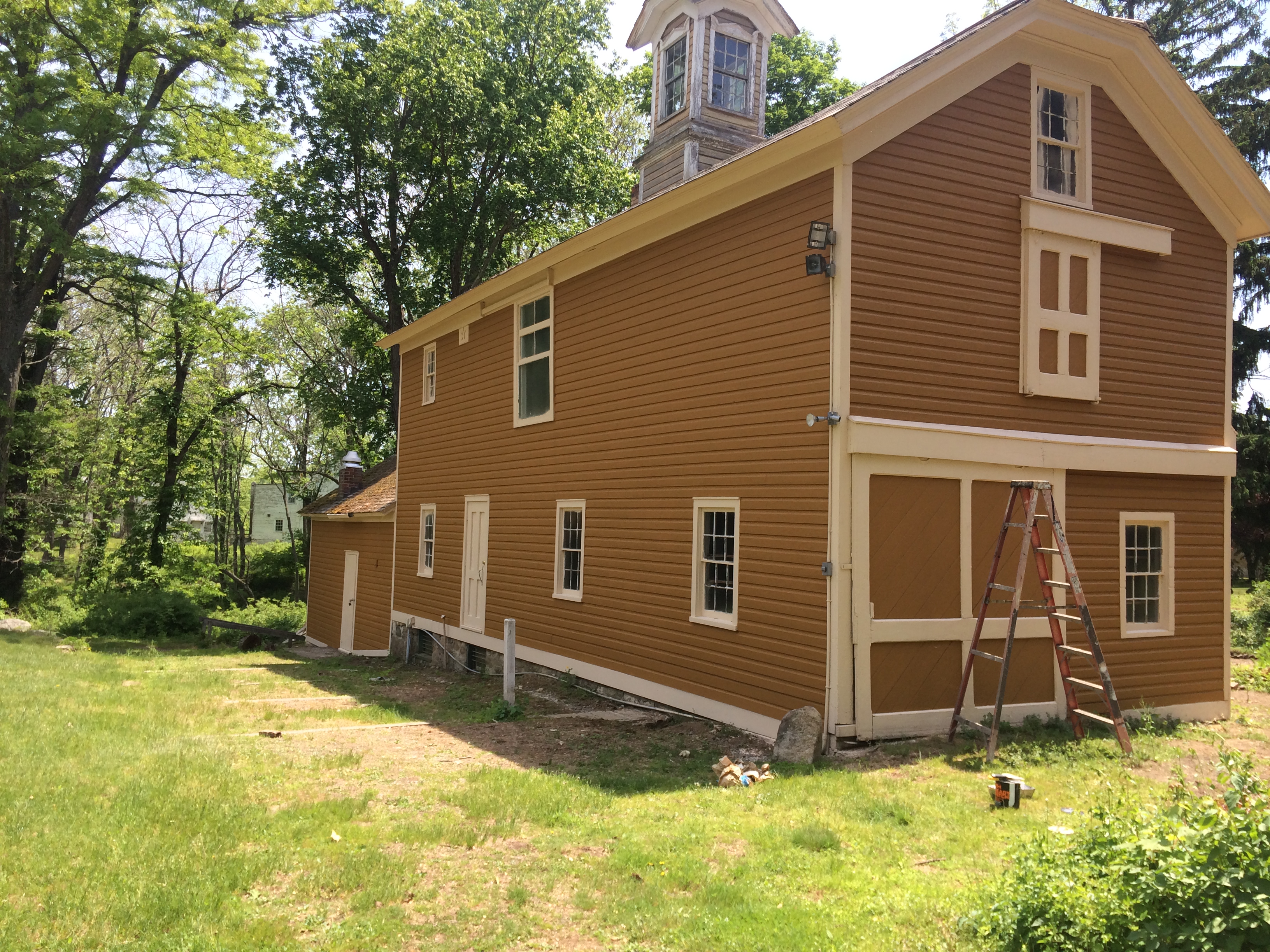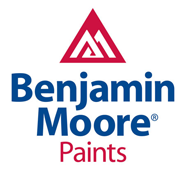Protecting Your Assets with Professional Coatings
Industrial facilities in New Jersey face a unique set of challenges, from harsh weather conditions and chemical exposure to heavy machinery and high traffic. These environments demand more than just a standard coat of paint; they require specialized industrial painting solutions designed for ultimate protection and longevity. Unlike residential or commercial painting, which often prioritizes aesthetics, industrial painting is a critical maintenance process focused on shielding surfaces from corrosion, abrasion, and environmental degradation. For any facility manager or property owner in New Jersey, understanding the nuances of industrial coatings is key to preserving valuable assets, ensuring safety, and maintaining operational efficiency.
A professional industrial painting contractor in New Jersey brings the expertise necessary to navigate this complex field. The process involves far more than application; it requires a deep understanding of surface preparation, coating formulation, and adherence to strict safety and environmental standards. From factories and warehouses to bridges and storage tanks, the right industrial coating can significantly extend the life of a structure, prevent costly repairs, and ensure a safe working environment.
The Foundation of Durability: The Industrial Painting Process
A successful industrial painting project is built on a meticulous and systematic approach. The longevity and effectiveness of the protective coating depend almost entirely on the quality of the preparation and application. Cutting corners at any stage can lead to premature failure, compromising the integrity of the substrate and leading to expensive remediation.
Step 1: Thorough Surface Preparation
Proper surface preparation is the most critical phase of any industrial painting job. It ensures that the coating adheres properly to the substrate, providing maximum protection. This process involves removing all contaminants like dirt, grease, rust, and old, failing paint. Depending on the surface and its condition, a professional contractor might use various methods, including:
- Sandblasting: A highly effective abrasive blasting technique that cleans and profiles surfaces like steel, removing all foreign matter for optimal paint adhesion.
- Pressure Washing: High-pressure water streams remove dirt, grime, and loose paint.
- Chemical Cleaning: Solvents, acids, or alkalis are used to dissolve grease, oil, and other contaminants from the surface.
Step 2: Selecting the Right Coating System
Not all coatings are created equal. The choice of paint or coating system depends on the substrate, the environmental conditions, and the specific performance requirements. Industrial coatings are engineered with higher concentrations of resins and protective additives than standard paints. Common types include:
- Epoxy Coatings: Known for their exceptional durability, chemical resistance, and strong adhesion, epoxies are ideal for factory floors, steel structures, and containment areas.
- Polyurethane Coatings: Often used as a topcoat, polyurethanes offer excellent UV resistance, color retention, and abrasion resistance, making them perfect for exterior applications.
- Zinc-Rich Primers: These primers provide galvanic protection for steel, acting as a sacrificial barrier to prevent rust and corrosion, especially in harsh environments like bridges and marine structures.
- Fire-Retardant Coatings: Intumescent coatings that swell when exposed to heat, creating a protective char layer that insulates the substrate and slows the spread of fire.
Step 3: Expert Application and Curing
The final step is the precise application of the chosen coating system. Professionals use specialized equipment, such as airless sprayers or electrostatic painting machines, to achieve a uniform, consistent finish. Following the application, the coating must cure properly according to the manufacturer’s specifications to reach its full protective potential. This ensures a durable, long-lasting finish that can withstand the rigors of an industrial setting.
Why Hire a Professional Industrial Painting Contractor?
While a DIY approach might seem cost-effective for smaller projects, industrial painting is a complex task that demands professional expertise for several key reasons:
Safety and Compliance
Industrial sites are governed by strict safety regulations from bodies like OSHA. Professional contractors are trained in safe work practices, hazard communication, and the proper use of personal protective equipment (PPE), minimizing risk and ensuring compliance.
Efficiency and Minimal Downtime
Experienced crews work efficiently to complete projects on schedule, minimizing disruption to your operations. Many contractors can work during non-standard hours to ensure your business continues to run smoothly. This efficiency saves you time and money in the long run.
Quality and Longevity
Professionals use high-quality materials and proven techniques to deliver a flawless, durable finish that protects your investment for years to come. Proper surface preparation and application prevent premature failure, saving you from costly rework.
Did You Know?
- The global industrial coatings market is projected to grow significantly, driven by the increasing need for durable and protective solutions in manufacturing and construction.
- Properly applied industrial coatings can protect steel structures from corrosion for decades, even in highly corrosive environments like coastal areas.
- Electrostatic painting, a specialized industrial technique, uses an electric charge to attract paint to a metal surface, resulting in a smooth, factory-like finish with minimal overspray. Spectra Painting offers expert electrostatic painting services for this exact purpose.
Industrial Painting in Tinton Falls and Across New Jersey
Operating in New Jersey means adhering to specific state and local environmental regulations, particularly concerning Volatile Organic Compounds (VOCs). The New Jersey Department of Environmental Protection (NJDEP) has established rules to control air pollution from various sources, including industrial coatings. A reputable industrial painting contractor in New Jersey will be well-versed in these regulations, ensuring that all products and procedures are fully compliant.
From the heavy manufacturing hubs in North Jersey to the specialized facilities in Tinton Falls, every industrial sector has unique needs. Whether it’s waterproofing for a water treatment plant, chemical-resistant coatings for a pharmaceutical lab, or preserving the integrity of a state-registered property with historic restoration expertise, the right contractor makes all the difference. Companies like Spectra Painting have been serving the state since 1989, demonstrating a long-term commitment to quality and an understanding of the local industrial landscape.
Ready to Protect Your Industrial Assets?
Don’t wait for corrosion or wear and tear to compromise your facility. A proactive approach to industrial painting can save you significant time and money on future repairs. Contact a professional industrial painting contractor today for a comprehensive assessment and a free quote.
Frequently Asked Questions
What is the difference between industrial and commercial painting?
Industrial painting focuses primarily on protection and durability in harsh environments, using specialized coatings to resist corrosion, chemicals, and abrasion. Commercial painting, while also requiring durability, often places a greater emphasis on aesthetics for spaces like offices, retail stores, and hotels.
How long will an industrial coating last?
The lifespan of an industrial coating depends on several factors, including the quality of surface preparation, the type of coating system used, the environmental conditions, and the level of wear and tear. However, a professionally applied high-performance coating system can last for many years, significantly extending the life of the asset.
Can you paint over rusted metal?
Painting directly over rust is not recommended as it will lead to premature paint failure. The rust must be completely removed through methods like sandblasting or wire brushing before priming and painting. This ensures the new coating adheres properly to a stable surface.
Is industrial painting safe for the environment?
Professional industrial painting contractors in New Jersey must adhere to strict EPA and NJDEP regulations regarding VOCs and hazardous waste disposal. Many modern industrial coatings are formulated to be low-VOC, and contractors use containment methods to protect the surrounding environment during preparation and application.
Glossary of Terms
Abrasion Resistance: The ability of a coating to resist being worn away by rubbing, scraping, or friction.
Corrosion: The gradual destruction of materials (usually metals) by chemical or electrochemical reaction with their environment.
Curing: The process by which a liquid coating transforms into a solid, durable film.
Epoxy: A type of polymer that cures into a very hard and durable coating, known for its strong adhesion and chemical resistance.
Intumescent Coating: A type of fire-retardant paint that swells in response to heat, increasing in volume and decreasing in density to insulate the substrate.
Substrate: The underlying material or surface to which a coating is applied.
VOC (Volatile Organic Compound): Organic chemicals that have a high vapor pressure at ordinary room temperature, found in many paints and solvents. Their release is regulated for environmental reasons.






